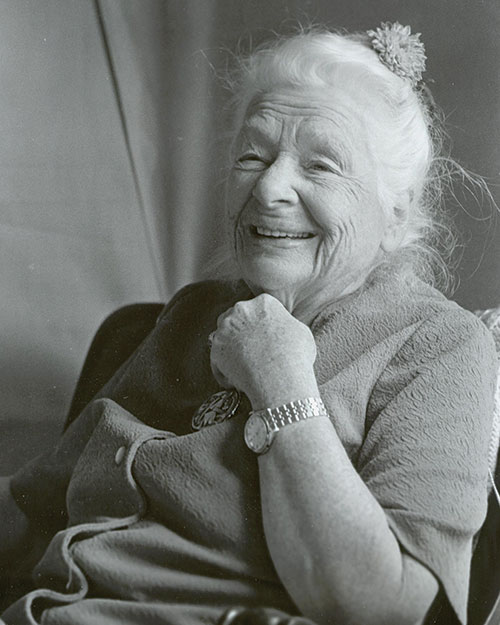The following blog post is sponsored by the Dr. Ida Rolf Institute.
Q&A with the Dr. Ida Rolf Institute®
How did the Rolf Institute® get its start? In 1920, Ida P. Rolf, PhD, posed this fundamental question: What conditions must be fulfilled in order for the human body structure to be organized and integrated in gravity so that the whole person can function in the most optimal and economical way?
Her life’s work was devoted to this investigation, which led to a 10-session system of soft-tissue (fascia) manipulation and movement education called Rolfing® Structural Integration (SI). The Dr. Ida Rolf Institute® was founded in 1971 in Boulder, Colorado, and is the leading accredited and licensed occupational school in Rolfing® Structural Integration and movement.
What does studying at the Rolf Institute® entail?
The Basic Rolfing® SI Program is offered in Boulder, Colorado, in three phases over 28 weeks. It is open to both licensed bodyworkers (600 clock hours) and nonlicensed students who have not had formal training in massage or bodywork (731 clock hours). Federal financial aid funding and VA assistance are available to eligible students.
What are the biggest things you see lacking in massage therapy and bodywork today? Because Rolfing® SI addresses the problems of the upright human body in gravity, the application and effects of its techniques are much more global than the corrective approach where fixations and dysfunctions are seen as isolated events. Rolfers™ do not see or treat fixations as isolated events, but as expressions of a greater whole that is out of balance with respect to both itself and gravity. Working on tight places in the body, freeing joint fixations, and similar practices applied by themselves are not capable of integrating the body in gravity. To make them work in a holistic system, the holistic practitioner must learn to use corrective techniques in the service of the whole, not just in the service of local dysfunction.
What new trends or developments in the profession are you most excited about? An entirely new field of research dedicated to bringing together top scientists from fields as diverse as cell biology and biophysics with clinicians in the field of human fascia has emerged. David Grimm summarizes this development in his article for the journal Science titled “Cell Biology Meets Rolfing®: A Diverse Group of Researchers Wants to Create a New Discipline from Scratch by Bringing Together Experts in Fascia and Deep-Tissue Massage.”
To learn more about Rolfing® Structural Integration or to apply, visit www.rolf.org.
